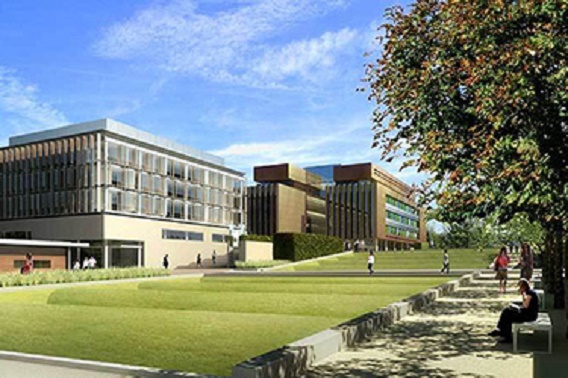University of Southampton: Data shows surge and then fall in population activity ahead of last Christmas
A study by the University of Southampton suggests population movement and social mixing rose sharply following the end of the second COVID-19 UK lockdown and then fell away suddenly a few days before Christmas 2020.
The pattern has been observed by researchers at WorldPop, who used aggregated and anonymised movement data from the Data for Good at Meta (previously Facebook) program to analyse aggregated population movement patterns of the social media platform’s users within the UK from March 2020 to March 2021.
Their findings, published in the International Journal of Health Geographics, show that following lockdown two (November 2020), there was a peak in people travelling and mixing – whether for work, shopping, schooling or socialising.
WorldPop Director, Professor Andy Tatem comments: “These fully anonymised data from Facebook shows us trends of how people were moving around their local area, or indeed further afield, during and between the three UK lockdowns and how users were clustered during these periods.
“Our analysis of the weeks approaching and after last Christmas shows there was a sudden surge in activity immediately after the November lockdown ended and then a dramatic drop in the ten days from around 18th-20th December. With levels of infection currently still high ahead of this Christmas and concern about the new Omicron variant, our study gives useful insights into people’s response to the tightening and relaxation of measures, as well as into mixing patterns during the festive season.”
Taking a broader view across the year, the research also shows that population movement was much lower during the first lockdown compared with the second and third. It reveals that the first national lockdown (March – May 2020) had the greatest impact on curbing population mobility, with flows and distances travelled decreasing by about 75 percent compared with levels just before the outbreak. However, lockdowns two (November 2020) and three (January – March 2021) had minimal impact on percentage changes in flow and distances travelled. Lockdown two, albeit with slightly lighter restrictions, had the lowest impact, with decreases of only around 30 to 40 percent.
Population densities in more suburban areas typically increased compared to pre-pandemic levels during lockdown one – suggesting people were working from, or staying close to home. In city centres though, this decreased. This same pattern didn’t occur in lockdowns two and three – densities were generally below pre-COVID levels, suggesting many people had returned to their place of work. Central London was the exception, with decreases in normal density levels of around 80 per cent during lockdown one and still much lower than normal rates in subsequent lockdowns.
Harry Shepherd, lead author of the study from the University of Southampton, said: “During the course of the COVID-19 pandemic, researchers, including ourselves, utilised many new sources of mobility data, mainly aggregated and anonymised data from mobile phones. These included sources made available by technology giants such as Google, Apple and Meta. This latest study, using fully anonymised data from the Data for Good at Meta program, which is available in near real-time, gives an extremely valuable insight into how people responded to pandemic restrictions. It is of particular value to emergency planners faced with further outbreaks of the virus, or indeed other pandemic scenarios, as they seek to find the most effective ways of reducing the spread of disease.”
The researchers acknowledge some limitations in their study. Questions still remain over the representativeness of the data across age ranges, with the possibility of bias towards young adults and the middle aged. However, recent analysis has shown strong correlation with both census-based data and other sources of mobile phone data. Also, comparative data was drawn from the three month period prior to March 2020, so lacks information from a full typical year and people’s social media habits may have changed during the pandemic. Despite these limitations, the value of these types of analyses and insights have attracted attention and interest from government departments and emergency planners.

